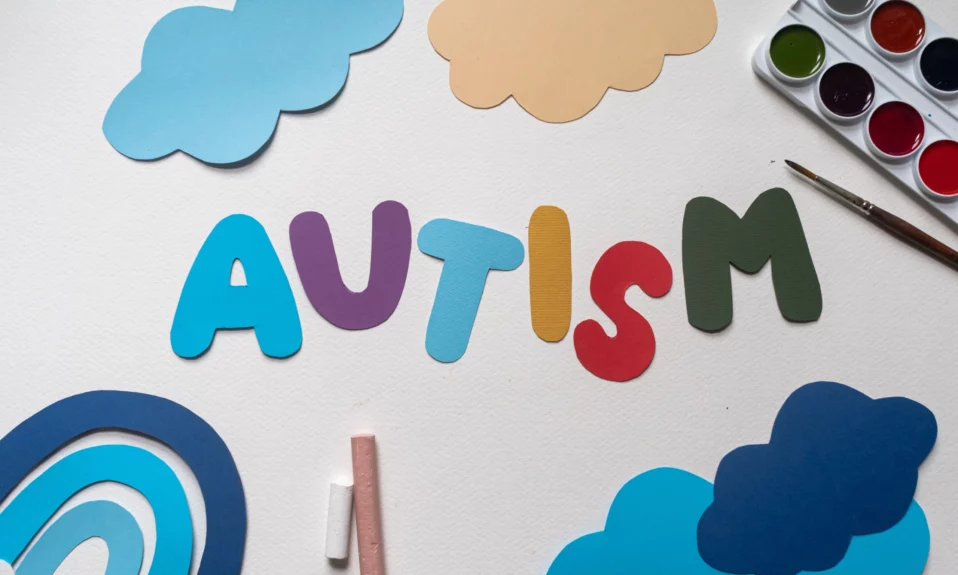
One day I was tired of being a grown-up. I went for my childhood stuff to find what I lost in the path of growth! My parents always have been keeping my precious toys, dolls, LEGOs, puzzles, and doodle! I wanted to interpret my drawings as a child! So, I found two of my notebooks too, opened them, and watched carefully!
It was really interesting to me that the houses’ shape and details were quite the same in my paintings. Also, orange was the most common color, my father was the biggest person and the sun was on the right side of the page.
I guessed that there is maybe something behind these repetitions. These might show what went through my mind in those days. So, I have started to read about the meaning behind the child’s drawings.
Now, I want to share my information here and I think it is worth the time!

Introduction: Decode drawing

Psychologists have done much research on the interpretation of children’s drawings. They believe because children aren’t aware of their feelings and cannot verbalize them, painting is a good way to understand the underlying layer of children’s minds.
Through the shape, intensity of strokes, color, size, position, etc of what a child draws, we can discover many things about him/her such as fears, hopes, dreams, or joys. and understand their personality and their relationship with the world.
What are the key factors in interpreting a child’s drawing?
As mentioned before, some factors are important in interpreting a child’s paintings:
- First impression
- Completeness
- Size
- Position
- And colors
First impression:
The first look at a child’s picture makes you feel depressed or excited? The answer to this question will give you the first clue to the child’s mindset.
Completeness:
If a drawing is incomplete or includes hesitant lines, it indicates the need for encouragement and shows an insecure child. Incomplete drawings are a sign of an impulsive personality. Also, too many corrections and erasures represent a high level of anxiety.
Size:
If an object draws in a big size it means it’s important and has a lot of power in a child’s mind. Hence, a small object is the opposite.
Position:
Where on the page a child is drawing can show his/her mindset. For example, a drawing on the left side of the page indicates a shy, introverted child.
You can also read more about these factors.
Colors:

A child chooses color based on his/her mood and mind. The color is interpretable when it is dominant in all child’s drawings, not just in one. This is the item that we will discuss in detail, below!
In general, bright colors show the calmness and inner peace, and kids are connected to their emotions. On the other hand, the intensive and turbulent colors, e.g. redden a shape previously was yellowing, represent internal conflict and distress.
In another classification, colors divide into two groups: warm colors and cool colors. Warm colors include red, yellow, and orange, are irritant and cause activity. They inspire light and joy. On the other hand, cool colors, including blue, violet, and green, represent passive states and sadness. Warm colors indicate Extraversion while cool colors indicate Introversion.
At kindergarten, the child prefers to use warm and bright colors; while the child under strict supervision prefers cold color, which is related to emotional and psychological problems.
What is the difference between boys and girls?
The girl tends to use more colors per drawing than boys do, with a preference for warmer colors and boys prefer cooler colors.
A normal child uses an average of 5 different colors in his/her drawings; while the withdrawn child doesn’t use more than one or two colors.
What does every color mean in a child’s painting?

The easiest step to interpret child drawings is to know about the colors! So, what do you think of how colors represent your child personality?
Green:
This color has some general meanings: hope, peace, and a sense of harmony. It is dominant in the quiet and sensitive child’s paintings. It shows the child’s desire to be loved and noticed, and using this color too much can be a sign of separation anxiety disorder or high dependence.
Blue:
The universal meanings of blue are calmness, well-being, and relaxation. It’s the favorite of a shy and introverted child and also a sensitive and thoughtful one. The excess use of blue can be a sign of a condition called enuresis. Blue can raise a sense of creativity in children.
Pink:
Pink indicates peace, balance, and emotion. Children who like to live in imagined worlds use this, and no matter if they are boys or girls. It is the color of imagination so Frequent use of this color represents a child’s need to escape reality.
Yellow:
Yellow stands for joy, happiness, optimism, sociability, hope, and energy. It is the color with childhood characteristics. The normal use of yellow shows happy and lively children, but using it frequently shows tensions in the environment or problems with authority.
Violet:
It’s the combination of red & blue that shows conflict and homogeneous tendencies. If this color is predominant in a painting, melancholy is a strong guess and there is a vital dissatisfaction that we should stop soon.
Red:
Red is an irritant color. It’s common in children’s drawings. Red can be interpreted in two different ways: if used moderately it describes energy and passion. But, if used too much it can indicate imbalance, hostility, aggression, and a tendency to express emotions.
Brown:
This color indicates responsibility. That is why reasonable and cautious children use this color more. Using brown excessively indicates that the child is overwhelmed by not age-appropriate responsibilities.
Orange :
It reminds me of pleasure and activity. Orange shows the desire for progress or a child who needs contact with people. When a child using orange excessively, it can shows aggression and irritability.
White:
It is one of the neutral colors, the significant presence of white indicates emotional vacuum, and inability to express emotions. ( of course, some of the emptiness in the paintings is natural)
lack of color shows emotional vacuum and antisocial tendencies.
Black:
Based on some research this color shows anxiety, sadness, and hopelessness in a child. And based on some others it’s linked to self-esteem and self-confidence. Despite this conflict, both believe that a very dark painting is a warning sign!
Young children use black pencils less in their paintings even for drawing the shape, it is natural and shows that the emotional aspect dominates the intellectual.
Over time, children gradually use black pencils to draw a shape. So, it means the intellectual aspect overcomes the emotional one.
Gray:
It is also a neutral color and the same as white shows inability to express emotions.
Warning: when you notice your child is constantly painting monochrome color schemes, you have to be careful about colorblind, neurological disorders, and other psychological disorders.
An example, interpret sun in child drawings:

According to psychologists, in a child’s painting, the sun is a symbol of parents.
If it is behind a dark cloud or mountain it means that parents are not warm enough.
If a child uses red or black to draw the sun it means severe fear of his parents.
Conclusion:

Painting is one of the ways we can know about a child’s feelings and emotions. while we interpret child drawings, the items are often repeated. It is better to ask the child to explain his/her drawing because we can have the most reliable information and our interpretation become more accurate. We can get help from psychologists in this way. For sure, hey know the rules of to interpret child drawings better!









